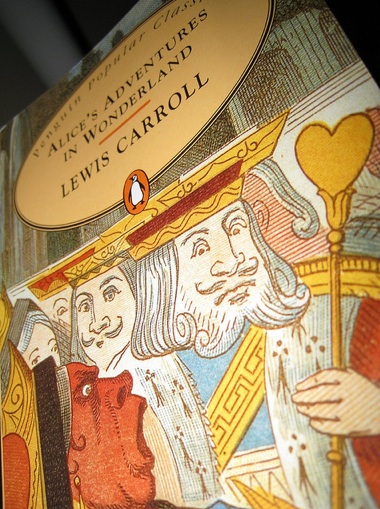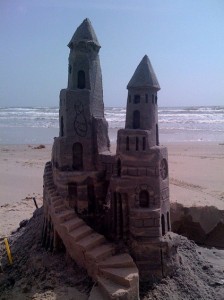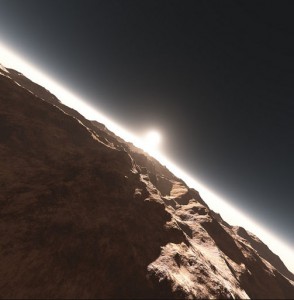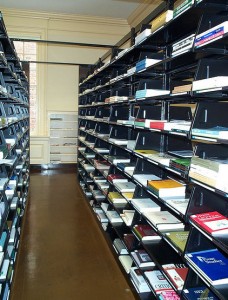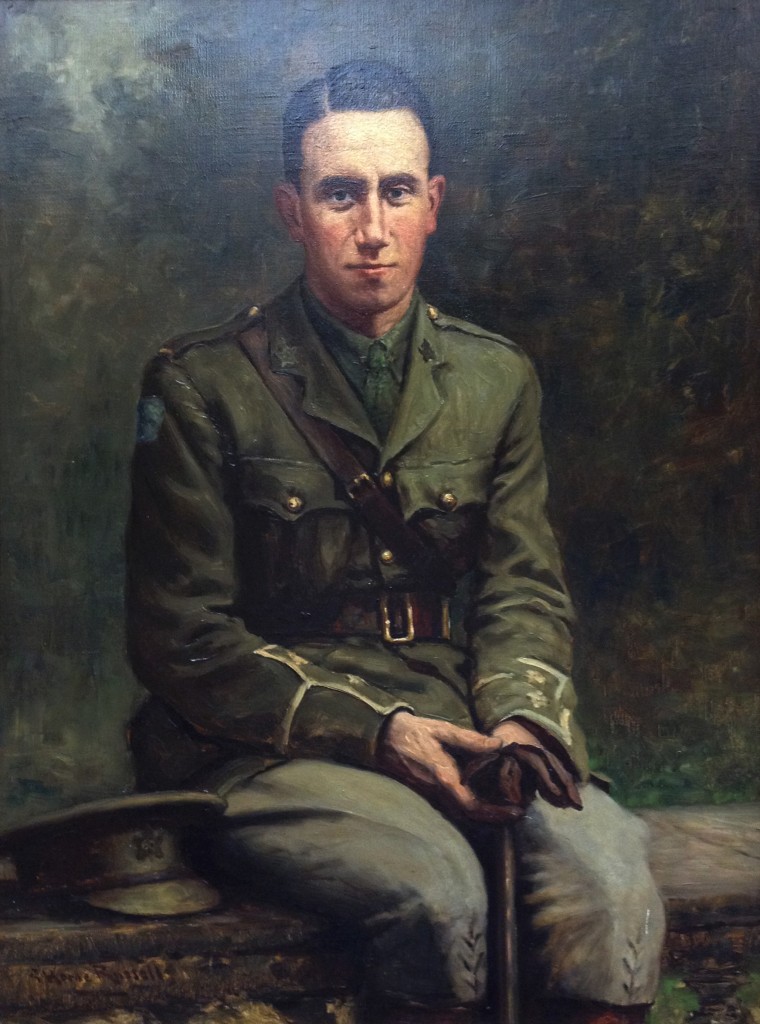 Have you ever noticed any of the 7 portraits hanging on the inside walls of the Schulich Library? Each portrait has captured a moment in that person’s life and invites us to find out the story behind the face.
Have you ever noticed any of the 7 portraits hanging on the inside walls of the Schulich Library? Each portrait has captured a moment in that person’s life and invites us to find out the story behind the face.
The portrait of the young soldier on the library’s 4th floor recounts the story of George Irvine Baillie, a chemical engineering student from McGill University who enlisted in the First World War. George started his studies at McGill in 1912 and served one year in McGill’s Officer Training Corps before applying to be a member of the Canadian Overseas Expeditionary Force in June 1915 at the age of 21. A copy of his military attestation papers can still be viewed on the Library and Archives Canada website. He was appointed Lieutenant of the 60th Battalion and died on August 8th, 1918, on the first day of the Battle of Amiens.
His father, John Baillie, who was managing director of the Dominion Oil Cloth Company (the first Canadian company to make oil cloths and linoleums), made a financial endowment to McGill University to open the Baillie Library of Chemistry in memory of his son. At the library’s opening ceremony on Tuesday, December 11th, 1923, Professor Ruttan, who was the Director of McGill’s Department of Chemistry at the time, said that “the Baillie Library will stand as a constant reminder to future generations of Mr. John Baillie’s deep interest in the University, and of the heroism of his son, who gave his life in the great fight for humanity” (The Montreal Gazette, Dec. 12, 1923).
The library continues to receive support, to this day, from the “Lieutenant George Irvine Baillie Chemistry Collections Fund.” A list of books purchased with this fund in recent years can be found at https://mcgill.worldcat.org/profiles/mcgill.library/lists/3573117
The Baillie Library of Chemistry is now part of the Schulich Library of Physical Sciences, Life Sciences, & Engineering and George Baillie’s portrait serves to remind us of the courage of all those from the McGill community who valiantly fought in the first and second world wars.
Photo of Baillie’s portrait in the Schulich Library

